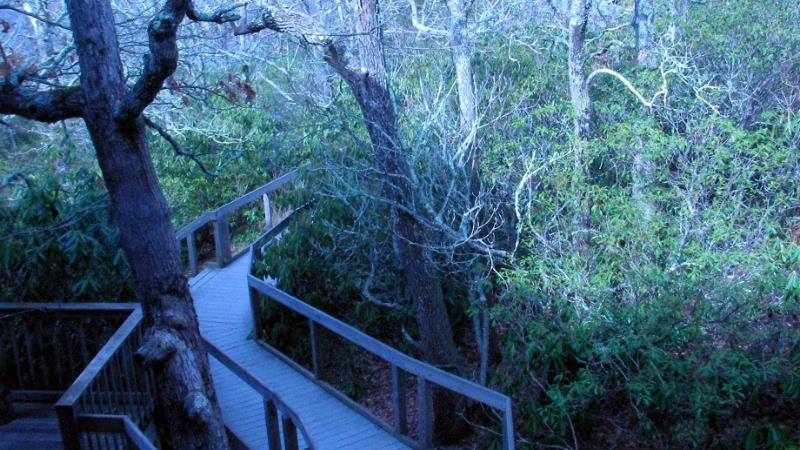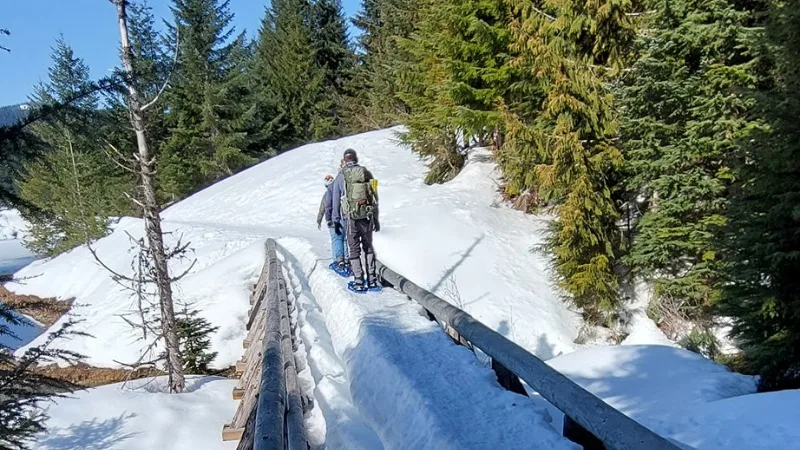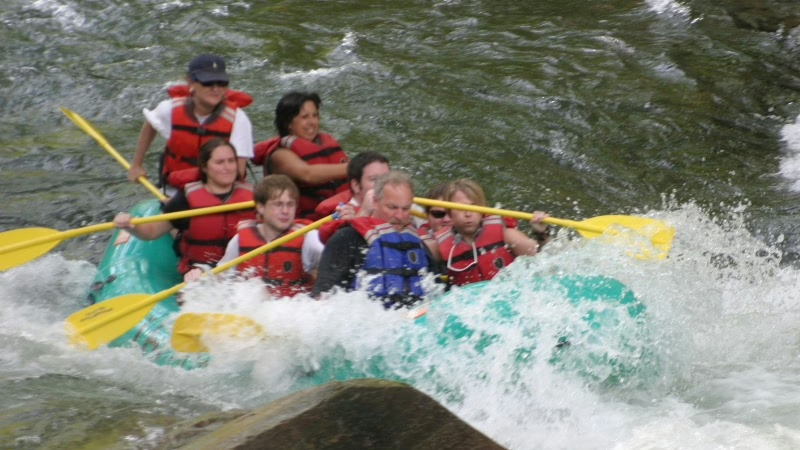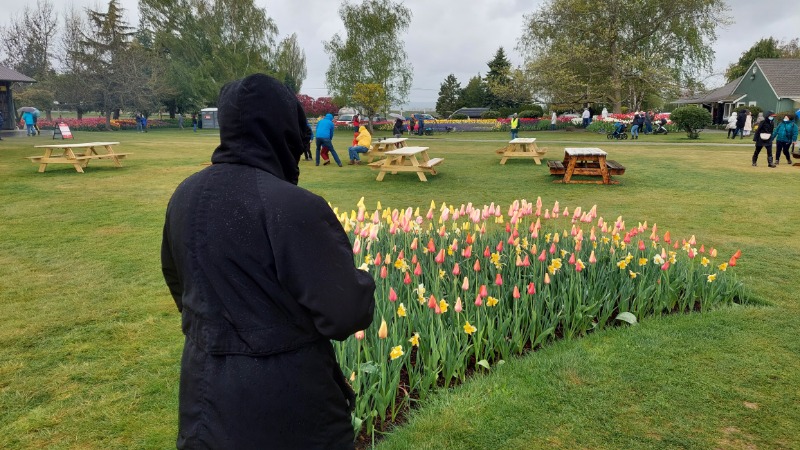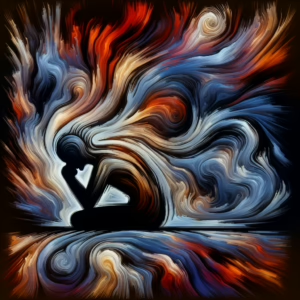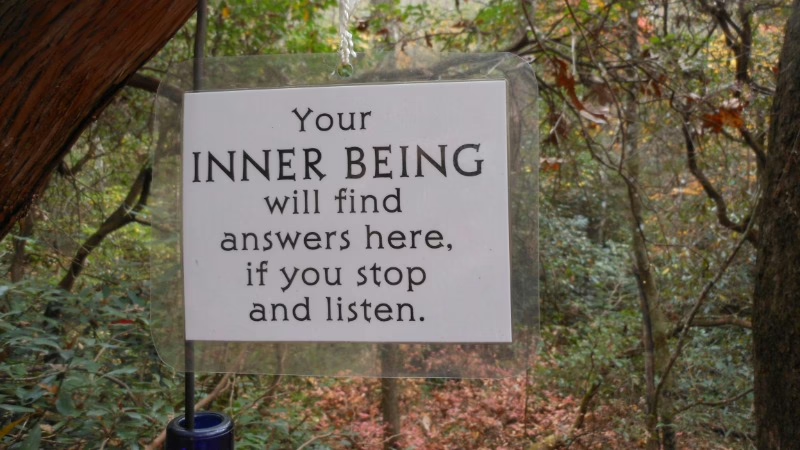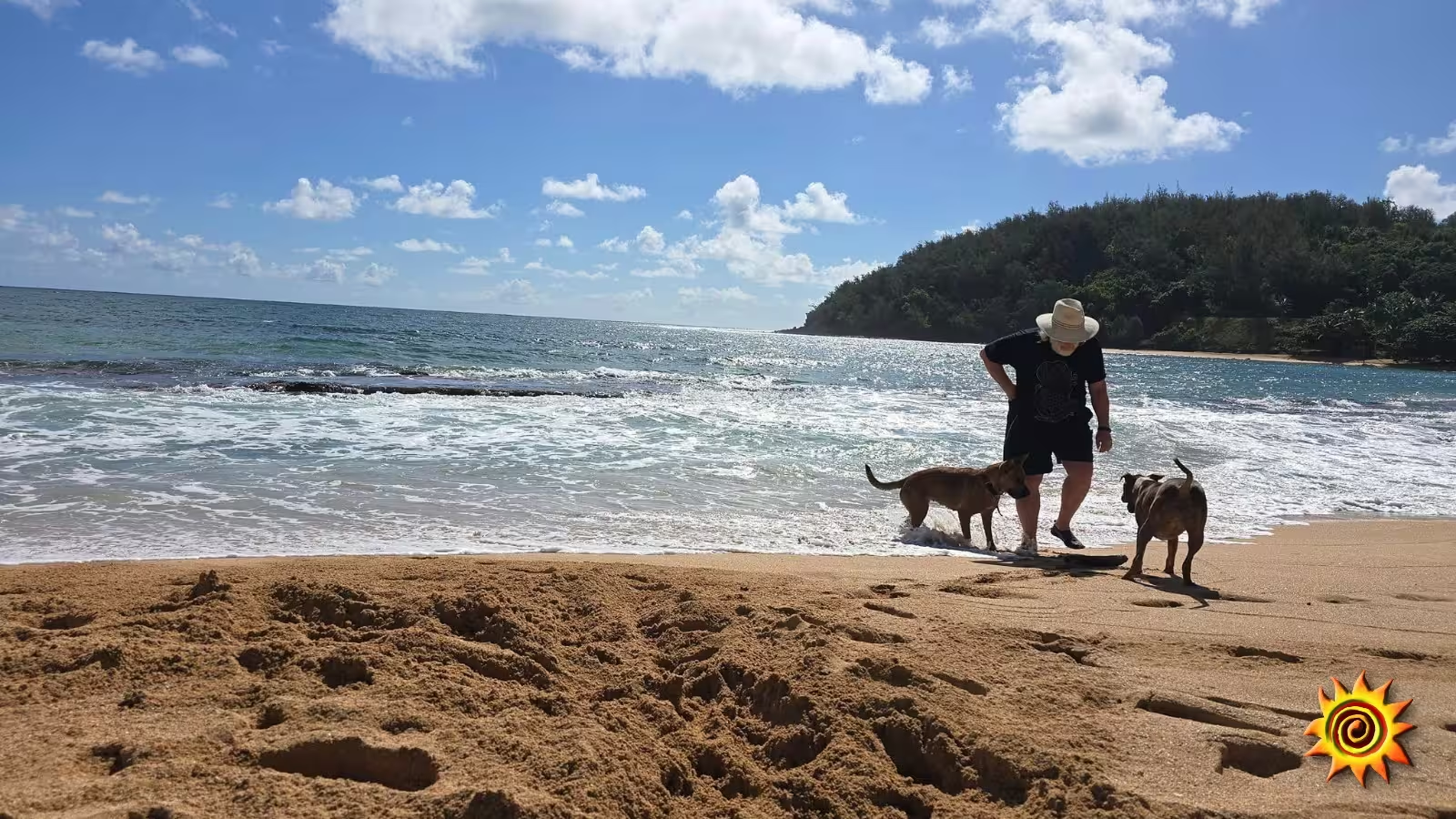
In this post…
Post-Traumatic Stress Disorder (PTSD) affects millions of individuals worldwide, manifesting as a debilitating condition that disrupts daily life. Rooted in trauma, PTSD often leads to intrusive thoughts, flashbacks, emotional numbing, and heightened anxiety. Traditional treatment approaches, such as cognitive-behavioral therapy (CBT) and medication, have proven effective for many. However, mindfulness has emerged as a complementary and transformative practice for managing and alleviating PTSD symptoms.
Understanding PTSD and Its Impact
Post-Traumatic Stress Disorder (PTSD) is a mental health condition triggered by experiencing or witnessing traumatic events such as violence, accidents, natural disasters, or combat. Symptoms fall into four main categories:
- Intrusion: Unwanted and distressing memories, flashbacks, or nightmares.
- Avoidance: Steering clear of reminders of the trauma.
- Negative Changes in Thinking and Mood: Feelings of guilt, shame, or detachment from loved ones.
- Hyperarousal: Persistent anxiety, irritability, or difficulty sleeping.
These symptoms create a cycle of distress, where individuals feel trapped in their traumatic past. Breaking this cycle is key to recovery, and mindfulness offers a powerful tool to achieve this.
What Is Mindfulness?
Mindfulness is the practice of paying deliberate attention to the present moment without judgment. It involves cultivating awareness of thoughts, emotions, and bodily sensations while accepting them as they arise. Popularized in the West through practices like Mindfulness-Based Stress Reduction (MBSR) and Mindfulness-Based Cognitive Therapy (MBCT), mindfulness has shown remarkable efficacy in addressing various mental health conditions, including PTSD.
How Mindfulness Addresses PTSD Symptoms
1. Reducing Intrusive Thoughts and Flashbacks
Mindfulness teaches individuals to observe their thoughts and emotions without becoming overwhelmed. By practicing techniques such as focused breathing and body scans, people can create a mental “safe space” to manage intrusive memories and diminish their intensity over time.
2. Breaking the Avoidance Cycle
Avoidance is a hallmark of PTSD, but it often exacerbates distress by reinforcing fears. Mindfulness encourages individuals to face their emotions and triggers gradually, leading to a sense of control and reducing avoidance behaviors.
3. Regulating the Nervous System
Trauma often leaves the nervous system in a state of hyperarousal. Mindfulness practices, such as deep breathing and progressive muscle relaxation, activate the parasympathetic nervous system, promoting a state of calm and relaxation.
4. Enhancing Emotional Regulation
Mindfulness fosters a non-judgmental awareness of emotions, helping individuals recognize and process feelings of anger, guilt, or sadness. This increased emotional intelligence aids in reducing the intensity of emotional responses associated with PTSD.
Evidence Supporting Mindfulness for Post-Traumatic Stress Disorder (PTSD)
Numerous studies highlight the effectiveness of mindfulness in treating PTSD. Research published in the Journal of Traumatic Stress found that mindfulness-based interventions significantly reduced PTSD symptoms in veterans. Similarly, a meta-analysis in Clinical Psychology Review demonstrated that mindfulness-based therapies improve emotional regulation, decrease avoidance, and reduce the severity of trauma-related symptoms.
Mindfulness Techniques for Post-Traumatic Stress Disorder (PTSD)
1. Mindful Breathing
This foundational practice involves focusing on the breath to anchor the mind in the present moment. Mindful breathing can interrupt the cascade of intrusive thoughts and promote a sense of grounding.
2. Body Scans
Body scans involve paying attention to physical sensations from head to toe. This practice helps individuals reconnect with their bodies and release tension stored from trauma.
3. Loving-Kindness Meditation
Also known as Metta meditation, this practice involves cultivating feelings of compassion and kindness toward oneself and others. It can help counteract feelings of self-blame and isolation common in Post-Traumatic Stress Disorder (PTSD).
4. Mindful Movement
Activities like yoga, Tai Chi, or walking meditation integrate mindfulness with physical activity, fostering a holistic approach to healing.
Mindfulness-Based Ecotherapy: A Nature-Based Approach
Mindfulness-Based Ecotherapy (MBE) combines traditional mindfulness techniques with the healing power of nature. This approach is particularly beneficial for PTSD, as natural settings have been shown to reduce stress, lower blood pressure, and enhance overall well-being. Engaging in mindful activities outdoors—such as nature walks, eco-art therapy, or gardening—can deepen the sense of presence and foster a connection to the environment, aiding in trauma recovery.
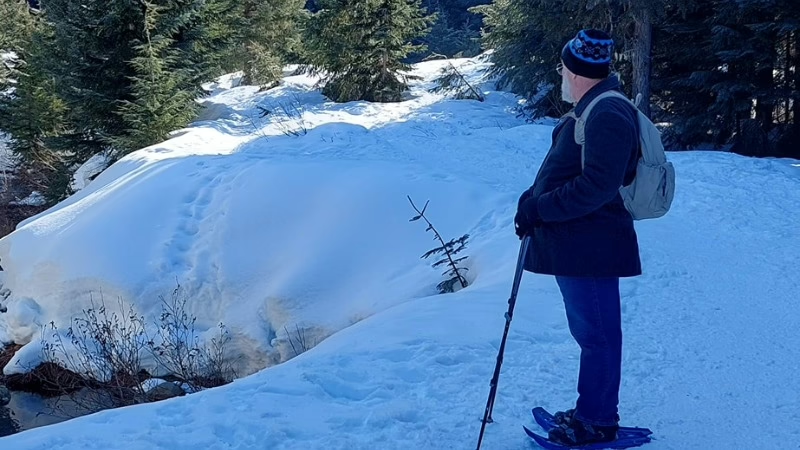
Integrating Mindfulness into PTSD Treatment
While mindfulness is not a replacement for traditional PTSD treatments, it serves as a valuable complement. Therapists often incorporate mindfulness practices into therapy sessions, while individuals can integrate these techniques into daily life. For those interested in structured programs, options like MBSR and MBCT provide guided pathways to harnessing mindfulness for healing.
Conclusion
Mindfulness offers a gentle yet powerful approach to treating Post-Traumatic Stress Disorder (PTSD). By cultivating awareness and acceptance, mindfulness helps individuals regain control over their thoughts and emotions, break free from the grip of trauma, and rediscover a sense of peace. Whether practiced independently or as part of a comprehensive treatment plan, mindfulness has the potential to transform the lives of those living with PTSD, paving the way toward resilience and recovery.
Share Your Thoughts on Mindfulness in Treating Post-Traumatic Stress Disorder (PTSD)!
Share your thoughts on the role of mindfulness in treating PTSD in the comments below!
Don’t forget to check out our YouTube Channel!


